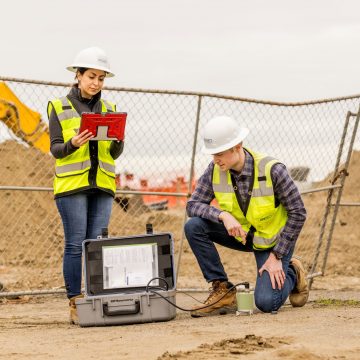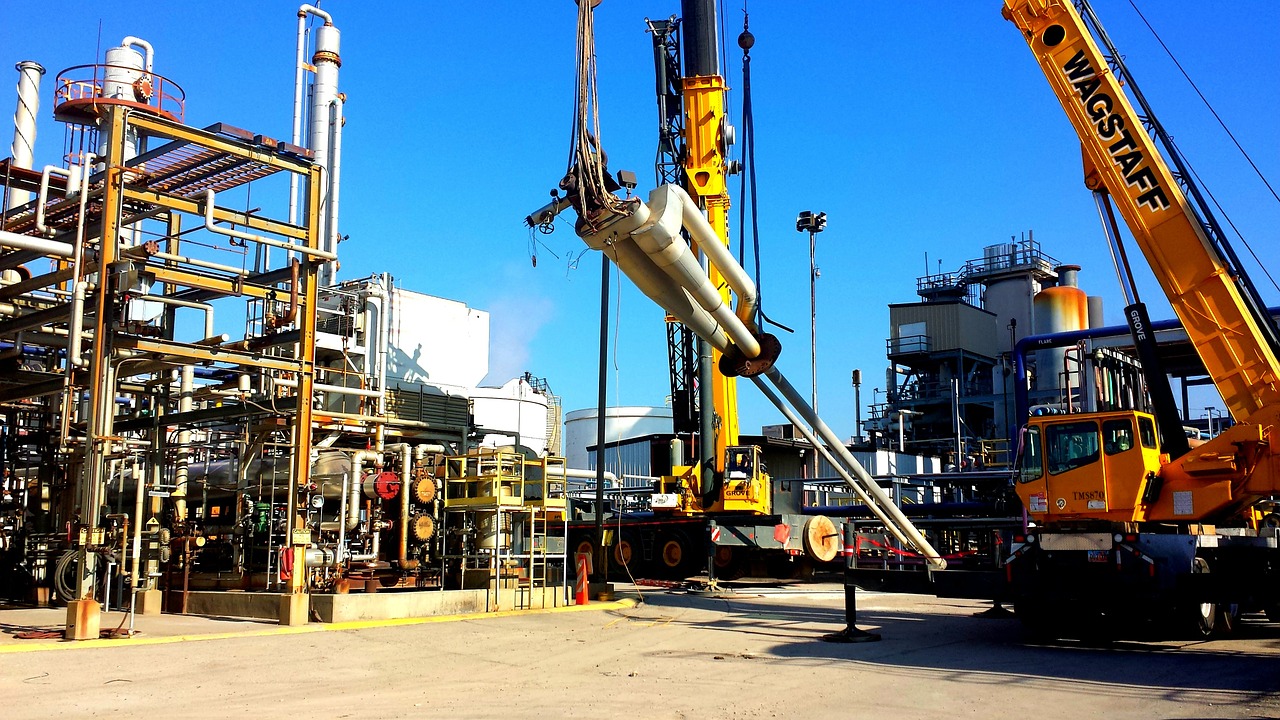Just How Geo Tech Engineering Sustains Large-Scale Construction Projects
Just How Geo Tech Engineering Sustains Large-Scale Construction Projects
Blog Article
The Important Payments of Geotechnical Designers in Analyzing Dirt Behavior and Foundation Style for Lasting Framework Development
Geotechnical designers work as a cornerstone in the realm of lasting facilities growth, where their expertise in evaluating soil actions directly influences the security and durability of structures. By employing sophisticated methods such as Standard Infiltration Examinations and Cone Penetration Testing, they diligently examine dirt residential properties, resulting in educated choices on foundation style. These assessments not only minimize threats related to differential settlement however also lead the way for ingenious, environmentally mindful practices. As we explore the essential duty they play, the effects of their payments raise important inquiries regarding the future of facilities strength and sustainability.
Function of Geotechnical Designers

In addition to website examinations, geotechnical designers review prospective risks such as soil liquefaction, incline security, and groundwater issues. They use advanced design concepts to create options that mitigate these threats, guaranteeing that designs adhere to relevant codes and criteria. Their job usually includes partnership with other design techniques, engineers, and ecological researchers to create integrated techniques to infrastructure advancement.
In addition, geotechnical engineers add to lasting practices by promoting making use of products and methods that lessen ecological effect. Via their thorough understanding of dirt technicians and geology, they play an essential role in promoting secure, durable, and sustainable facilities that fulfills the demands of society while safeguarding the setting.
Soil Habits Analysis Techniques
Comprehending soil habits is basic to educated decision-making in geotechnical engineering, as it straight influences the style and building and construction processes. Various assessment methods are utilized to examine dirt homes, making sure exact forecasts of its efficiency under various loading problems.
One key method is the Conventional Infiltration Examination (SPT), which gives understandings right into soil density and consistency with the resistance encountered during penetration. Similarly, Cone Penetration Screening (CPT) provides a constant profile of soil stratification and in-situ strength parameters, enabling a more detailed understanding of subsurface problems.
Laboratory tests, such as Atterberg limits, unconfined compressive strength, and triaxial examinations, are essential for identifying dirt habits under controlled problems. These examinations facilitate the determination of essential criteria, including shear leaks in the structure, strength, and compressibility.

Structure Layout Principles
Structure layout principles are vital for making sure the stability and longevity of frameworks, as they dictate how tons are transmitted from the superstructure to the underlying dirt. These concepts encompass numerous factors to consider, including load-bearing ability, negotiation, and side stability. A comprehensive understanding of soil technicians is crucial for geotechnical designers to examine the interaction between the dirt and the structure.
One secret principle is the ideal choice of foundation kind, which may consist of shallow foundations, such as spread grounds, or deep foundations, like piles or caissons, relying on soil problems and architectural lots - geotech engineer. The structure should be designed to reduce differential negotiation, which can bring about architectural damages

Lasting Facilities Practices
How can we properly integrate sustainability right into framework methods? Lasting facilities practices begin with detailed website analyses, which examine dirt habits, local ecosystems, and resource availability.
In addition, employing cutting-edge building strategies, such as using low-impact structures and recycled products, substantially reduces the carbon impact of framework jobs. Geotechnical designers play visit this web-site a pivotal function in picking suitable products that boost sturdiness and sustainability, such as using geo-synthetics to enhance dirt stability and decrease disintegration.
In enhancement, sustainable facilities methods need ongoing monitoring and maintenance to guarantee that structures remain resilient over time. Eventually, these techniques not just contribute to the longevity of structures however likewise promote a much healthier atmosphere, lining up facilities development with broader sustainability purposes.
Instance Researches and Applications
Situation studies in geotechnical engineering give beneficial understandings into the practical applications of dirt habits and sustainable infrastructure techniques. One significant example is the construction of the Burj Khalifa in Dubai, where extensive dirt testing and evaluation were carried out to assess the unique obstacles presented by the region's loosened sand and high water table. Geotechnical engineers employed progressed methods such as dynamic penetrating and cone penetration screening to identify the soil's load-bearing capacity, inevitably causing the design of a deep structure system that supports this legendary structure.
An additional important case is the removal of the San Francisco-Oakland Bay Bridge after the 1989 Loma Prieta earthquake. Geotechnical analyses revealed the demand for soil stablizing techniques, consisting of grouting and soil nailing, to improve the seismic resilience of the foundation. These treatments not only boosted the bridge's safety however also added to its long life and sustainability.
Such study exemplify exactly how geotechnical designers play an important duty in understanding dirt actions and applying ingenious solutions to guarantee the architectural integrity and sustainability of facilities tasks. geotechnical eng. Their proficiency is necessary in addressing the complicated tests postured by various soil problems throughout varied geographical locations
Final Thought
In conclusion, the contributions of geotechnical designers are essential for the assessment of soil habits and the style of structures, which are vital for sustainable facilities advancement. Via the application of innovative screening techniques and innovative materials, these professionals guarantee the stability and security of why not try these out structures while lessening ecological effects. The combination of lasting techniques advertises strength in framework tasks, highlighting the relevance of cooperation amongst stakeholders to attain efficient building options that satisfy both societal and environmental demands.
Geotechnical designers serve as a foundation in directory the realm of lasting framework growth, where their experience in analyzing dirt habits directly affects the security and durability of structures.Geotechnical designers play a crucial duty in the layout and building of infrastructure by analyzing dirt and rock habits to guarantee stability and safety and security. A complete understanding of soil mechanics is essential for geotechnical designers to assess the interaction in between the foundation and the dirt.
Geotechnical analyses exposed the need for dirt stablizing methods, including grouting and dirt nailing, to improve the seismic durability of the structure.In conclusion, the payments of geotechnical engineers are vital for the evaluation of soil habits and the layout of foundations, which are essential for lasting infrastructure growth.
Report this page